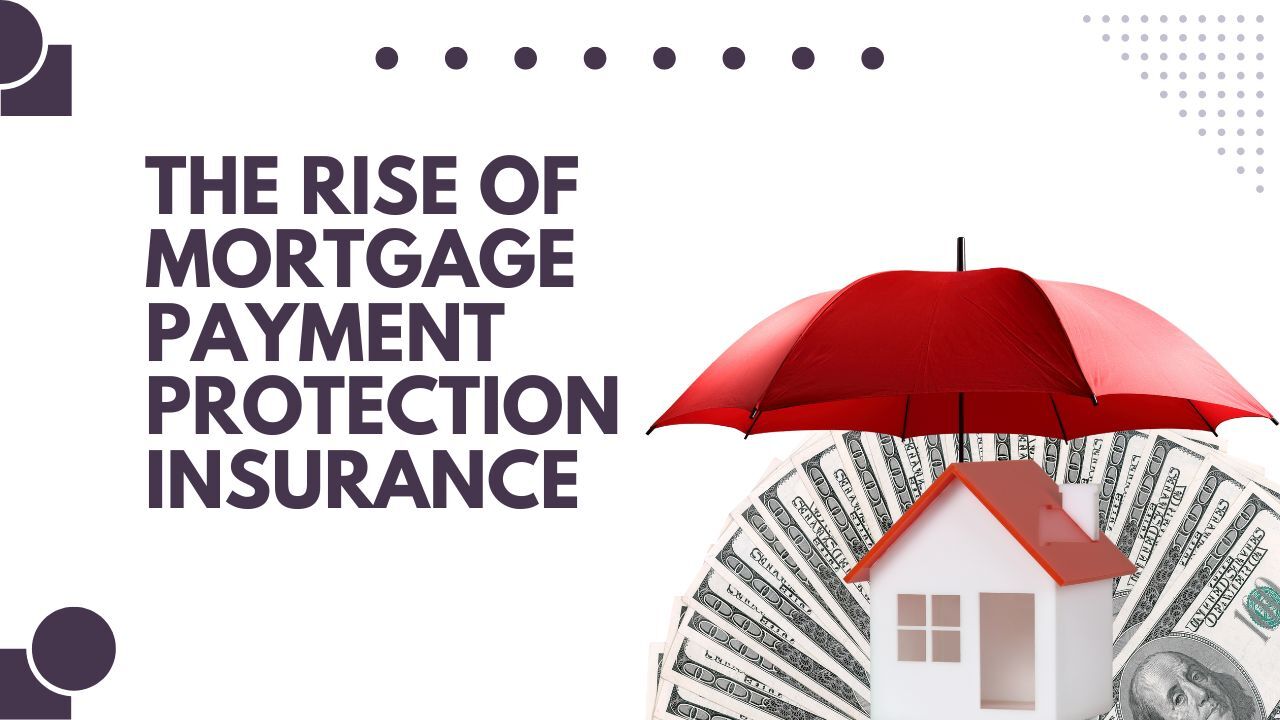 If you’re considering buying a home, you’re likely wondering how much you’ll need for a down payment. The common belief is that you need to put down 20% of the home’s purchase price, but that’s not the only option and in many cases, it’s not even necessary.
If you’re considering buying a home, you’re likely wondering how much you’ll need for a down payment. The common belief is that you need to put down 20% of the home’s purchase price, but that’s not the only option and in many cases, it’s not even necessary.
Let’s break down what’s really required and explore your choices.
The Traditional 20% Rule
Traditionally, lenders prefer a 20% down payment. Why? Because it lowers their risk. If you’re purchasing a $200,500 home (the national median sales price), that is a down payment of $40,100. Understandably, many buyers, especially first-timer, struggle to save that much cash.
The good news is that a 20% down payment isn’t always required to qualify for a mortgage.
Low Down Payment Options
There are a number of loan programs that allow you to purchase a home with less than 20% down. For example:
- FHA Loans typically require as little as 3.5% down.
- Conventional Loans can offer down payments as low as 3%, depending on your credit score and financial profile.
- VA Loans (for eligible veterans and military members) and USDA Loans (for certain rural areas) may require no down payment at all.
These programs are designed to make homeownership more accessible, especially for first-time buyers or those who qualify based on service or location.
The 80/20 Option
Another structure, though less common today, is the 80/20 loan. This involves taking out two mortgages: one for 80% of the home’s value, and a second, typically smaller loan for the remaining 20%. The benefit? No down payment is required upfront. However, the second loan usually comes with a higher interest rate, which can lead to higher monthly payments.
The 100% Financing Option
While 100% financing is harder to find due to tightened lending regulations, some lenders still offer it under specific conditions. These loans don’t require a down payment, but often come with:
- Higher interest rates
- Mandatory private mortgage insurance (PMI), which protects the lender
- Stricter credit and income requirements
PMI is typically added to your monthly mortgage payment and continues until you’ve built at least 20% equity in the home.
The Trade-Off of No Down Payment Loans
While zero-down loans make it easier to buy a home sooner, they also come with trade-offs. You may qualify for a smaller loan amount, face higher monthly payments, and pay more in interest over time. In contrast, a larger down payment reduces your loan balance, improves your interest rate, and lowers your monthly payments.
If saving for a down payment feels overwhelming, don’t let that stop your homeownership goals. There are many programs available to help. Work with a loan officer who can help you explore the options that best match your financial situation and long-term goals.
Whether you’ve saved 3%, 10%, or the full 20%, there’s likely a mortgage option out there that fits your needs.
 Getting turned down for a mortgage can be discouraging, but it doesn’t mean the dream of homeownership is over. In fact, understanding why your application was declined is the first step toward making a stronger comeback. Let’s look at some of the most common reasons a mortgage might be denied and what you can do about it.
Getting turned down for a mortgage can be discouraging, but it doesn’t mean the dream of homeownership is over. In fact, understanding why your application was declined is the first step toward making a stronger comeback. Let’s look at some of the most common reasons a mortgage might be denied and what you can do about it. We love our pets, they are part of the family. But did you know that your furry (or feathered) friend could play a surprising role in your homebuying journey? While your dog probably will not impact your credit score, being a pet owner can influence where and how you buy a home, and even the type of loan you choose.
We love our pets, they are part of the family. But did you know that your furry (or feathered) friend could play a surprising role in your homebuying journey? While your dog probably will not impact your credit score, being a pet owner can influence where and how you buy a home, and even the type of loan you choose. As your mortgage advisor, I am not here to tell you to give up your favorite coffee, but I am here to show you how something as simple as your daily coffee run can reveal some powerful lessons about how to pay off your mortgage faster.
As your mortgage advisor, I am not here to tell you to give up your favorite coffee, but I am here to show you how something as simple as your daily coffee run can reveal some powerful lessons about how to pay off your mortgage faster.
 As more homeowners seek sustainable living options, eco-friendly mortgages have become a valuable tool for financing energy-efficient homes. These specialized loans offer financial incentives to buyers and homeowners who invest in environmentally friendly properties or upgrades. Understanding how these mortgages work can help you determine if they align with your homeownership and sustainability goals.
As more homeowners seek sustainable living options, eco-friendly mortgages have become a valuable tool for financing energy-efficient homes. These specialized loans offer financial incentives to buyers and homeowners who invest in environmentally friendly properties or upgrades. Understanding how these mortgages work can help you determine if they align with your homeownership and sustainability goals. When you close on a home loan, you’ll likely hear the term “escrow account” mentioned—and if you’re like most buyers, you may not be entirely sure what it means. While it might sound complicated, an escrow account is a helpful tool that simplifies homeownership and protects your investment.
When you close on a home loan, you’ll likely hear the term “escrow account” mentioned—and if you’re like most buyers, you may not be entirely sure what it means. While it might sound complicated, an escrow account is a helpful tool that simplifies homeownership and protects your investment. Renovating a home can be an exciting yet costly endeavor. Whether updating an outdated kitchen, adding more living space, or improving energy efficiency, homeowners often seek financing options that make renovations more affordable. One strategic way to fund home improvements is by leveraging your mortgage. Several loan programs and refinancing options allow homeowners to roll renovation costs into their mortgage, making upgrades more accessible and financially manageable.
Renovating a home can be an exciting yet costly endeavor. Whether updating an outdated kitchen, adding more living space, or improving energy efficiency, homeowners often seek financing options that make renovations more affordable. One strategic way to fund home improvements is by leveraging your mortgage. Several loan programs and refinancing options allow homeowners to roll renovation costs into their mortgage, making upgrades more accessible and financially manageable. For many homeowners, a mortgage is one of the largest financial commitments they will ever undertake. With economic uncertainty, job market fluctuations, and unforeseen life events, many borrowers seek additional safeguards to ensure they can meet their mortgage obligations. One such safeguard that has gained prominence in recent years is Mortgage Payment Protection Insurance (MPPI).
For many homeowners, a mortgage is one of the largest financial commitments they will ever undertake. With economic uncertainty, job market fluctuations, and unforeseen life events, many borrowers seek additional safeguards to ensure they can meet their mortgage obligations. One such safeguard that has gained prominence in recent years is Mortgage Payment Protection Insurance (MPPI).
